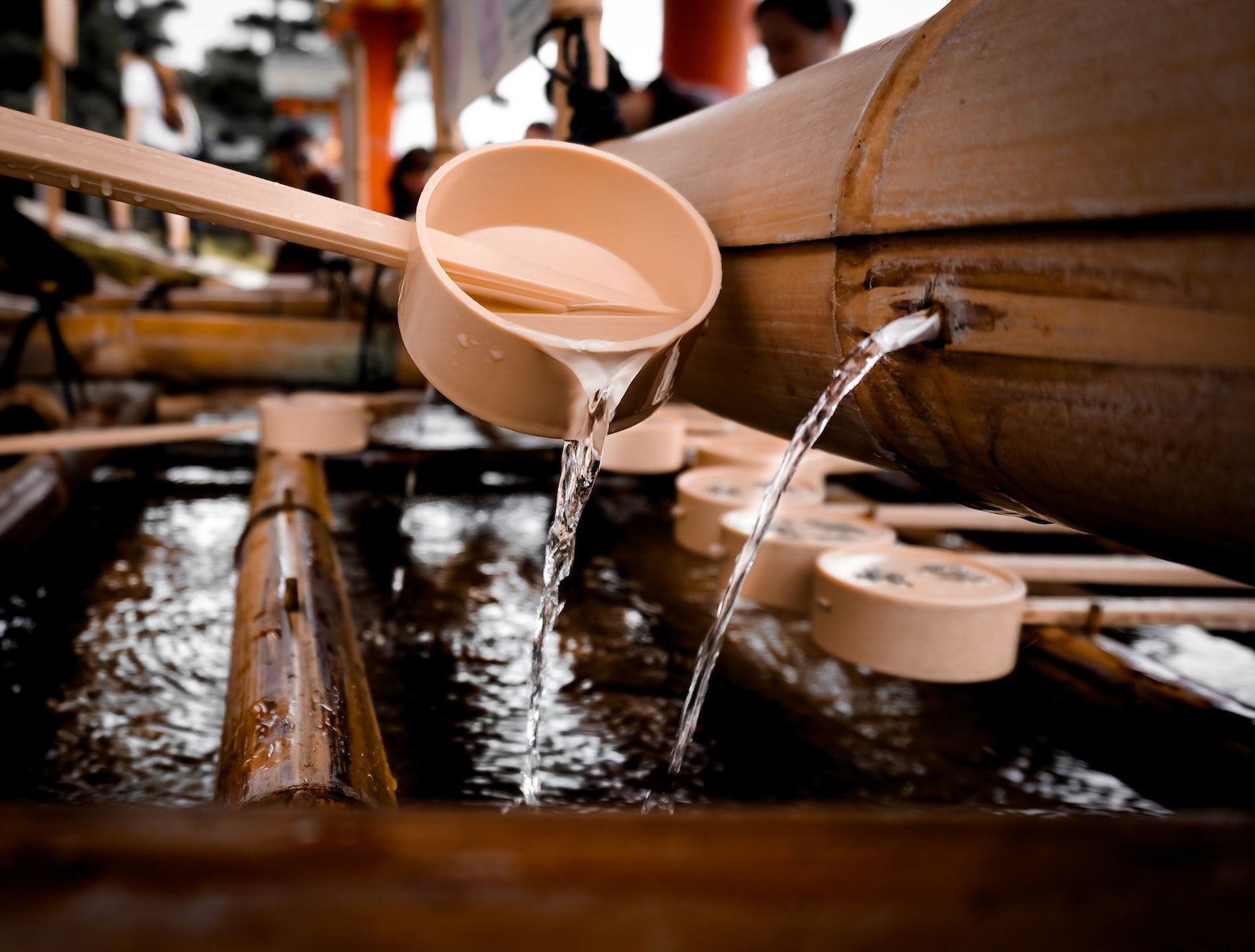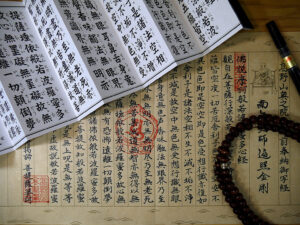Life Education in Japan: Fully Living in the Present Moment
Teaching how to deal and cope with life and death situations is commonly known as Life Education in Japan. Life Education has become an increasingly important topic today, especially in these unprecedented times. There are so many notable moments where this type of education becomes essential and valuable. One of those moments was on March 11, 2011 where a magnitude-9.0 earthquake struck Japan’s northeastern shores. This horrifying earthquake was also followed by a tsunami and a nuclear disaster killing more than 15,500 people. The grief of these consecutive series of awful events have not subsided in the memories of survivors. Another time where Life Education becomes helpful and important is when we age. As we …









































 Instagram
Instagram